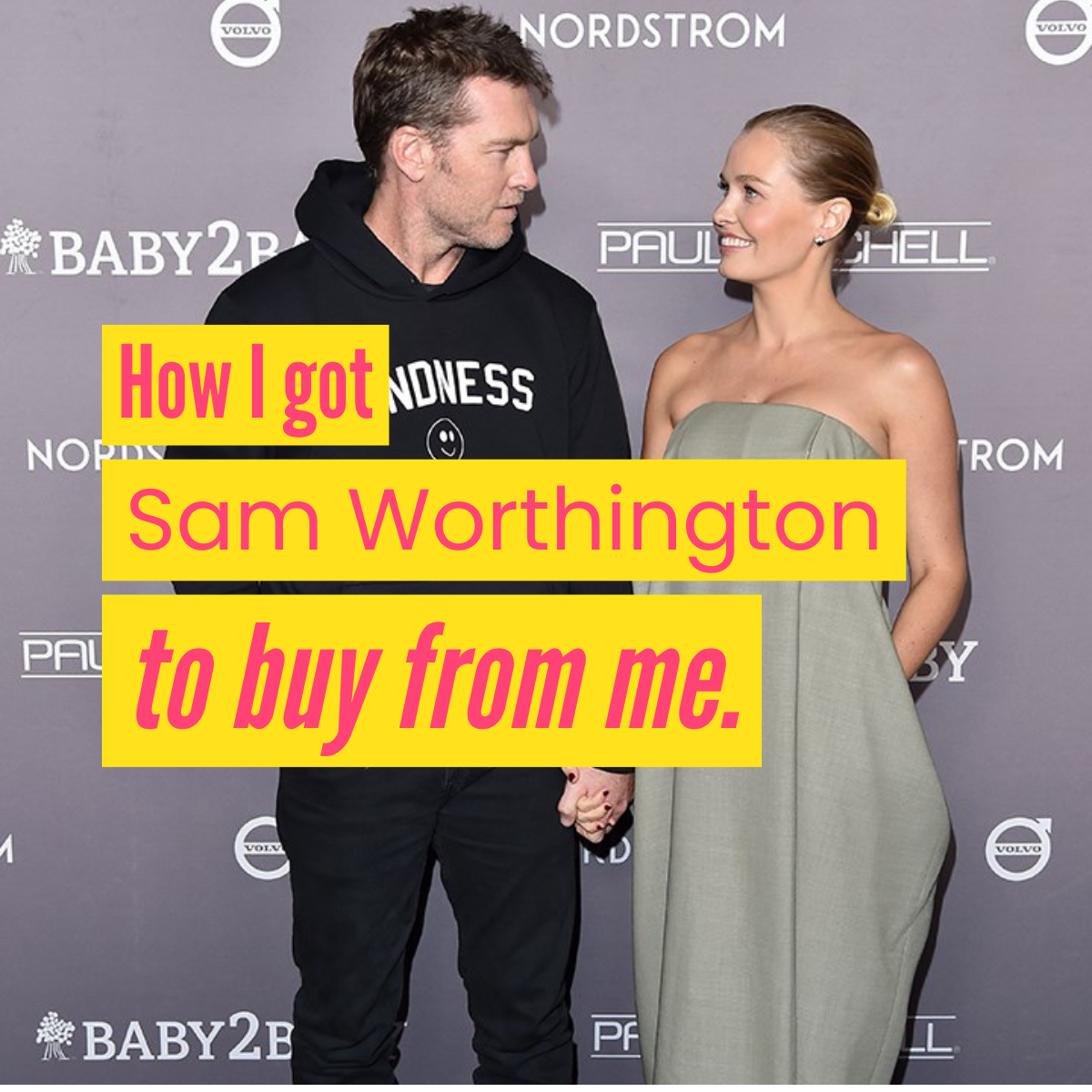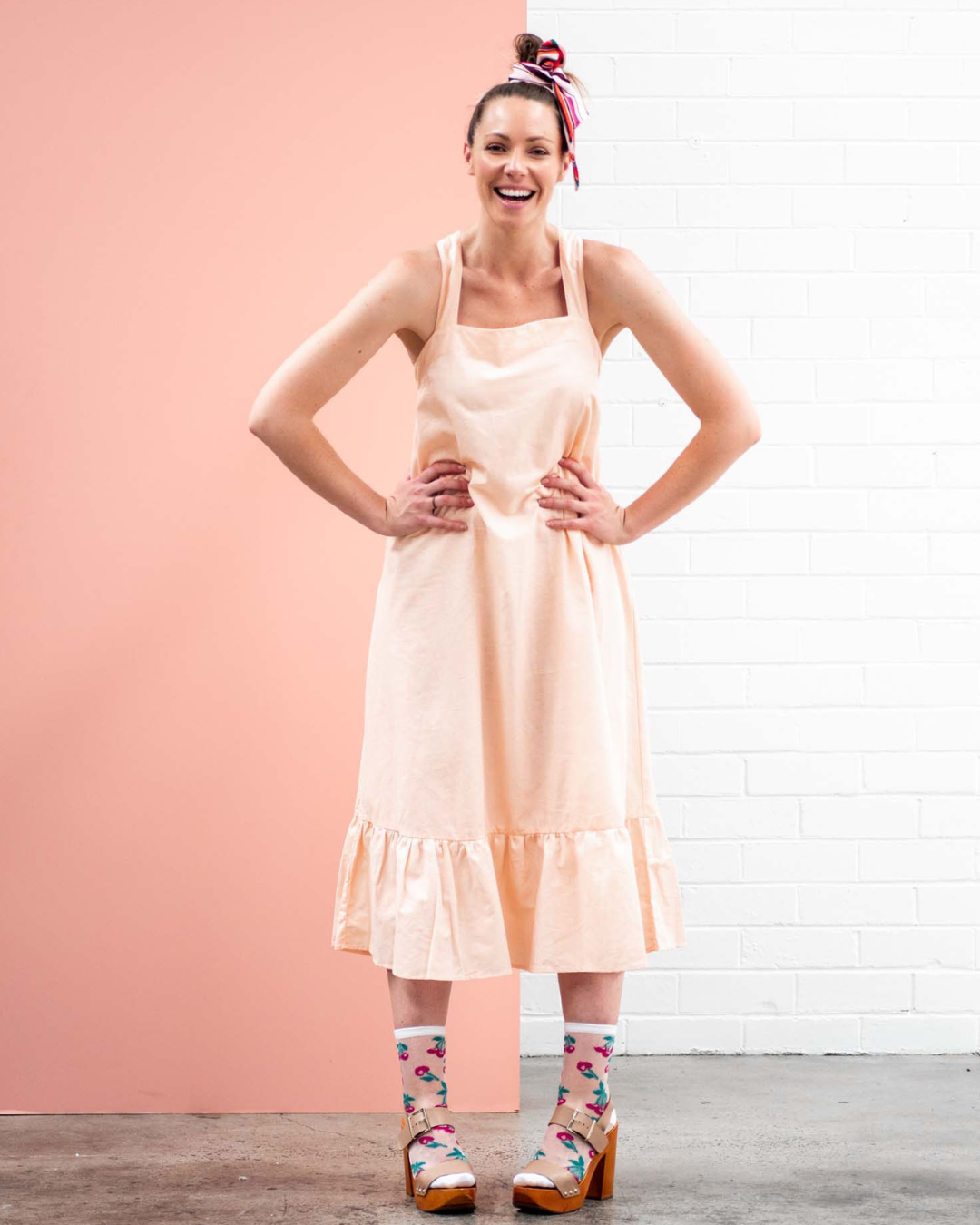I was bright eyed and bushy-tailed heading into my first day at Josh Goot in Armadale in January. By February, I was left trawling the World Wide Web in search of answers after his administration like I was stalking an ex-boyfriend I’d just broken up with.
Josh Goot isn’t the first; I’ve watched some of the greatest Australian labels crumble under the pressures of fast fashion and international market flooding in recent years – but this one is a little closer to home.
I find it so hard to believe that a label with such a strong direction, such a stable presence and such an understanding of its own existence can face voluntary administration, after all, this is Josh Goot we’re talking about. Oyster Mag dubbed him “The grand master of strong silhouettes”, Harpers Bazaar has described him as “Modernism’s new messiah” and The Australian named him “The king of urban chic”.
His name is well known in the national and international fashion market and his label is worn by celebrities worldwide: Kim Kardashian, Solange Knowles, Taylor Tomasi, Nadia Coppolino, Margaret Zhang, Mia Wasikowska, Lara Bingle and of course, the Vogue Australia Fashion Director, Christine Centenera – Josh’s girlfriend and muse.
It’s hard to count the number of times the eponymous label has been snapped on the red carpet, in the front row and sprawled across the pages of Vogue, Harpers Bazaar, Womens Wear Daily, Marie Claire or any other fashion magazine for that matter, print or digital.
Since first launching in 2004, Goot has won multiple awards and been mentioned by some of the most influential names in the industry. After winning the Tiffany & Co Young Designer of the Year Award at the L’Oreal Melbourne Fashion Festival in 2005, Goot went on to show in New York, where Roopal Patel of Bergdorf Goodman coined him at the very forefront of the fashion industry: “Things are cleaning up, things are toning down, minimalism is back and Josh Goot is setting the pace.”
Goot was the first Australian designer to release a collection in collaboration with Target in 2007 and shortly after, showcased at London Fashion Week for the first time in 2008. Met with nothing but praise and acclaim- something that Australian designers struggle to do the first time around on the international stage- Goot was in his element. Style.com mentioned him as the festival’s highlight, describing the Josh Goot aesthetic as “Energetic, pragmatic modernism, bright and optimistic.”
In 2009, Goot was awarded the Prix de Marie Claire Best Designer Award and was also nominated as a finalist in the International Mango Fashion Award in Barcelona.
Returning to his roots in Sydney, Goot then opened his first retail store in 2010, followed by a collection release at Rosemount Australian Fashion Week in 2011, where he was the only Australian designer to be featured in Tommy Ton’s influential ‘Jak & Jil’ blog.
Goot’s second retail store opened in Melbourne in 2013 and his Resort ‘15 collection marked the 10th anniversary of the brand and a return to its minimal origins. Goot described the collection as a “palate cleanser”, and a reformation: “Once you rediscover your foundation, you can build on top of it again.”
So how, I ask, does a label like Josh Goot enter into voluntary administration after 10 years of critical acclaim in both the national and international markets? The answer is the same for the handful of Australian labels that he now joins: Bettina Liano in 2011; Ruth Tarvydas in 2012; Kirrily Johnston, Lisa Ho, Collette Dinnigan and Ksubi all in 2013; and George Gross and Harry Who in 2014.
It’s the ripple effect of the fashion market, and it starts with you, the fashion reader, the shopper, the decision maker.
The increased competition from online and international giants such as Zara and Topshop play a big role, as does the lingering effects that the GFC had on the Australian retail industry. But, the most responsible factor in the demise of such great Australian labels is the lack of support from consumers and the ripple effect that their fast fashion choices have on an industry that employs one in six Australian workers.
Consumers are constantly searching for something fresh, something new or something unique, and the answer hangs on the shelves right under their noses; independent fashion and local designers. But for the quick fix reason, consumers shop at cheap, fast fashion chains for a tenth of the price, forgetting that the dress they’ve just bought has been made by a six year old with bare feet and an empty stomach in India, Pakistan or China, and for the most part is entirely unsustainable and ethically unjust.
Supporting Australian designers is about making conscious choices for the future of our fashion industry in support of the local economy, it’s not just about the cheapest option anymore. When labels close down, we don’t just lose tangible pieces of Australian culture or representations of our fashion identity, we lose Australian jobs- and it’s a ripple effect as I found out myself.
If I were given one front cover of any fashion magazine to say what ever I wanted just once in my life, I already know what I would say. It would be the same answer if you’d asked me 5 years ago or in 5 years time: SUPPORT AUSTRALIAN FASHION AND SHOP FROM AUSTRALIAN DESIGNERS.
Josh has always described his work in fashion as “another way to talk to people”, and if the news of another great Australian label bowing out to the pressures of cheap, fast fashion is not talking people – I don’t know what is.
The Fashion Advocate x



